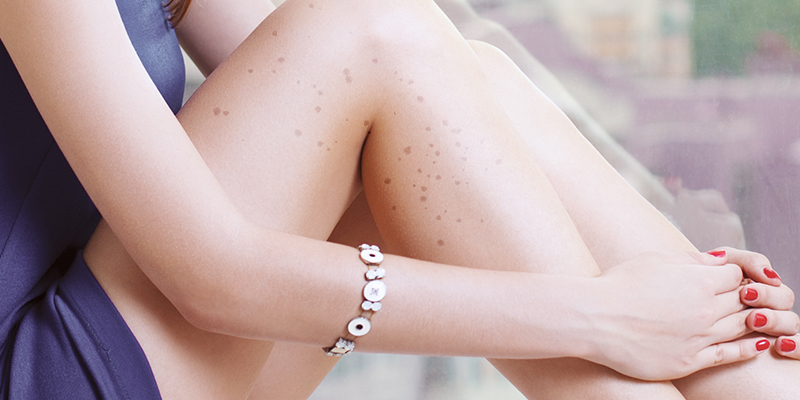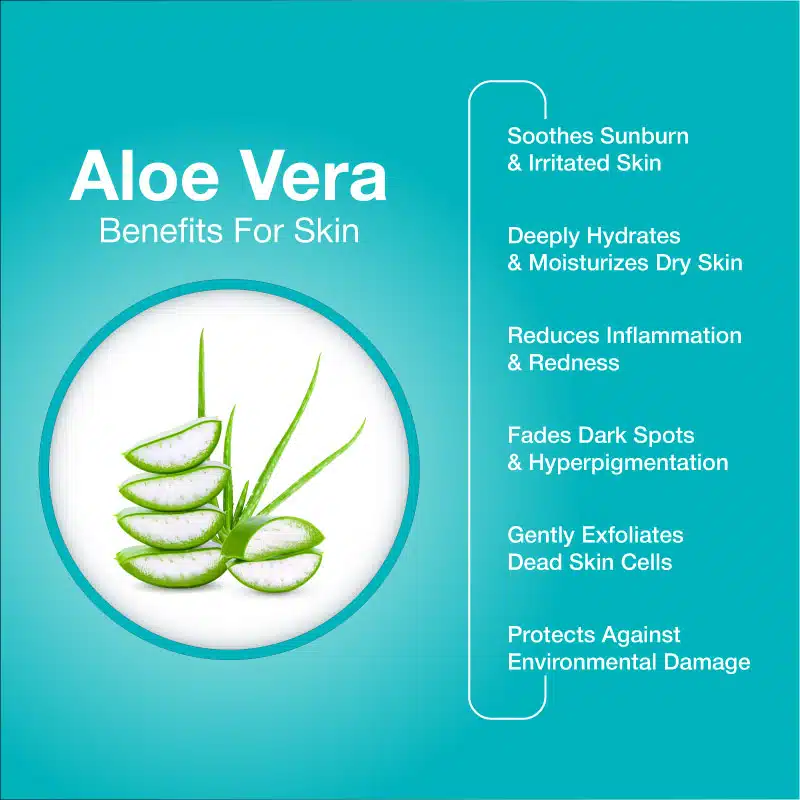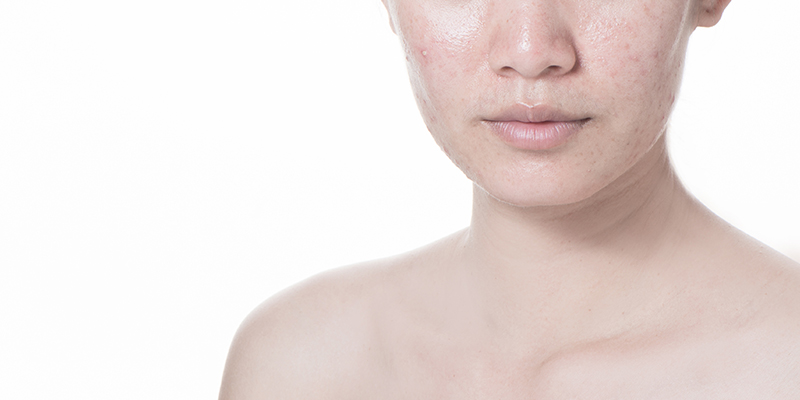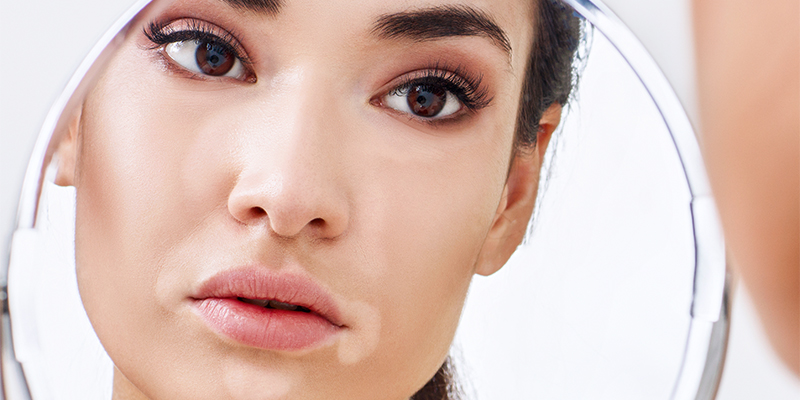In This Article
Birthmarks – Causes, Types And Treatments To Remove Them
Birthmarks can be quite puzzling, right? They tend to raise curiosity amongst a lot of us and come with their share of myths and fallacies. What are birthmarks, essentially? And why do some of us have a lot of them, while the others do not have too many? This article aims at clearing the air around birthmarks, their causes, types and the different methods of birthmarks removal that you can choose to opt from if you so desire.
In This Article
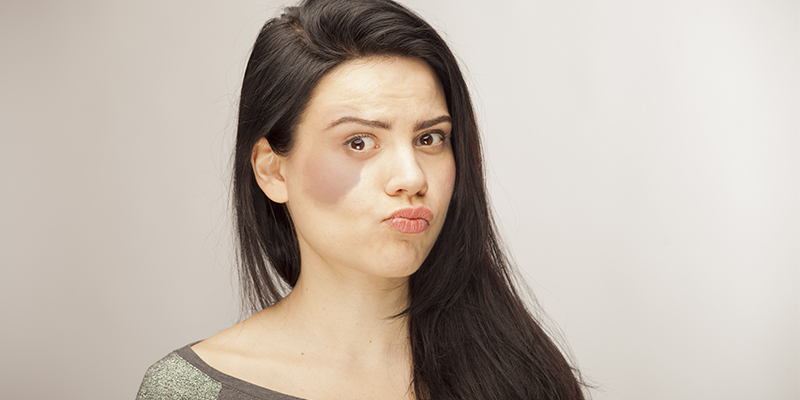
What Is A Birthmark?
A birthmark is essentially a blemish or a discoloration that is existing at birth or appears soon after. Birthmarks on a face are common, but they could be present anywhere on the body and can differ in size, shape and color.
Though most birthmarks are benign and need no medical attention, it is wise to keep track of any changes experienced in their appearance. Some birthmarks are huge and substantial enough to hinder other bodily functions.
Also Read: How To Remove Blemishes On Face
What Causes Birthmarks?
The following are the two main birthmarks types-
- Vascular Birthmarks – These are a result of an irregular or unusual pattern observed in some blood vessels like the capillaries, veins or lymph vessels, underneath the skin giving rise to birthmarks that are either red, pink or purple. Some common vascular birthmarks include Salmon patches, Haemangiomas, Port wine stains, etc.
- Pigmented Birthmarks – These are a result of the clumping together of melanin-producing cells called melanocytes underneath the skin and are usually black or brown. Congenital moles, Cafe-au-lait spots, and Mongolian spots are some of the pigmented birthmarks commonly observed.
Also Read: What Are Café Au Lait Spots?
What Are The Different Types Of Birthmarks?
The following are the two main birthmarks types-
- Vascular Birthmarks – These are a result of an irregular or unusual pattern observed in some blood vessels like the capillaries, veins or lymph vessels, underneath the skin giving rise to birthmarks that are either red, pink or purple. Some common vascular birthmarks include Salmon patches, Haemangiomas, Port wine stains, etc.
- Pigmented Birthmarks – These are a result of the clumping together of melanin-producing cells called melanocytes underneath the skin and are usually black or brown. Congenital moles, Cafe-au-lait spots, and Mongolian spots are some of the pigmented birthmarks commonly observed.
Also Read: What Are Café Au Lait Spots?
What Are The Signs & Symptoms Of Birthmarks?
Let us take you through the significant signs and symptoms to look out for in different vascular as well as pigmented birthmarks.
(i) Salmon patches – They are the most common type of vascular birthmark observed in newborn babies. These are flat and are red or pink in appearance. They tend to appear on the face or the back of the neck of the baby but are capable of appearing anywhere on the body. The ones on the face disappear in 1-3 years time whereas the salmon patches on the neck take longer to fade.
(ii) Infantile Haemangiomas – These are also referred to as strawberry marks and are raised red birthmarks that can form anywhere on the body. If the marks are set deeper in the skin layers, they can appear to be blue or purple. Haemangiomas increase in size for the initial 6 months and then begin to shrink and fade in the following years. The ones that refuse to shrink and obstruct vision or other bodily functions should be treated.
(iii) Port wine stains – These are also referred to as “capillary malformations” and are red or purple flat marks that differ in size in different cases. They are most commonly seen on the face, chest or back of the individual and tend to appear on just one side of the body. Port wine stains are reactive to hormonal changes within the body and are therefore more prominent during puberty, pregnancy etc. These birthmarks fall into the permanent category that deepens and roughen with the passage of time.
(iv) Cafe-au-lait spots – These are coffee colored spots that are pigmented birthmarks and are common in occurrence. They can appear on any part of the body and can also increase in number with age. If these spots are relatively large and more than 5 in number, it is recommended to consult a physician as this can be a sign of a genetic disorder called neurofibromatosis.
(v) Mongolian spots – These spots look like bruises on the skin and are bluish-grey in appearance. They are usually seen on the lower back or hip area but are capable of forming anywhere. These spots tend to disappear by the age of 4-5 years.
(vi) Congenital moles – Scientifically called congenital melanocytic naevi, these are brown/black moles that are pretty common. These moles tend to shrink with time but can also become more prominent during puberty in addition to turning hairy and bumpy too. The bigger they are, the riskier they become.
Also Read: How To Treat Nevus Depigmentosus?
How To Remove Birthmarks?
As mentioned above, a majority of the birthmarks are benign, and some of them disappear over a period of time. But some of these marks can also turn become permanent and begin to obstruct the bodily functions like vision, food consumption, breathing, etc. or can be the underlying causes for other medical malfunctions within the body. This scenario calls for birthmarks removal procedures to be considered, to get rid of these marks.
Also, besides the above-stated reasons, some clients can opt to get birthmarks removal procedures done for cosmetic reasons.
On consultation with a dermatologist, he/she will be able to provide a clear picture as to what should be the method of treatment adopted for a particular type of birthmark on the face or anywhere else, depending on the size, severity, etc.
The following are the treatments to remove birthmarks:
- Corticosteroids – These can be taken orally or injected straight into the birthmark like Haemangiomas. This will help in halting the growth of the birthmark or can also help in deflating and reducing its appearance.
- Birthmarks Laser Removal – This kind of treatment process is most suitable for vascular birthmarks, and a pulsed dye laser is used to destroy the blood vessels causing the mark/blemish. Birthmark Laser removal can also be used for pigmented birthmarks to get rid of all the excess melanin pigment in the cells. Multiple sessions may be required.
- Surgery – In cases of birthmarks that are large or when the Haemangiomas is internal, surgery is the best option for birthmarks removal.
Also Read: What Is Laser Skin Resurfacing?
What Is The Cost For Birthmark Removal Treatment?
The cost of birthmark removal procedures can cost anywhere from Rs. 6,000 to Rs. 25,000 per session. The cost of birthmark removal treatment is dependent on a variety of factors such as-
- Size and severity
- Location
- The type of birthmark.
- The presence of any infections.
- The number of sessions required.
Some Myths About Birthmarks
Let us now debunk some of the birthmarks myths that in reality have no scientific backing.
- All Birthmarks Are Harmless – While most birthmarks are harmless, it is always a possibility that an odd one can turn out to be malignant and the underlying cause of a more serious medical condition. Therefore, getting them checked is the best option.
- A Child With Birthmarks Is Inauspicious – While some cultures hold this belief, the others do not. History is proof that some people with birthmarks have gone ahead and conquered vast nations while some with birthmarks have failed. So, there is no definite conclusion here.
- A Birthmark Is Caused By An Expecting Mother – There is no scientific evidence connecting the activities of an expecting mother with the formation of the birthmark on the child.
- The Location Of The Birthmark Can Mark The Character Of The Child – Yet again based on cultural superstition. There are multiple examples of different individuals with birthmarks in similar locations possessing completely varied character traits.
Birthmarks are not life-threatening. But if they are consistently a source of worry for you, choose wisely and make an informed decision.


